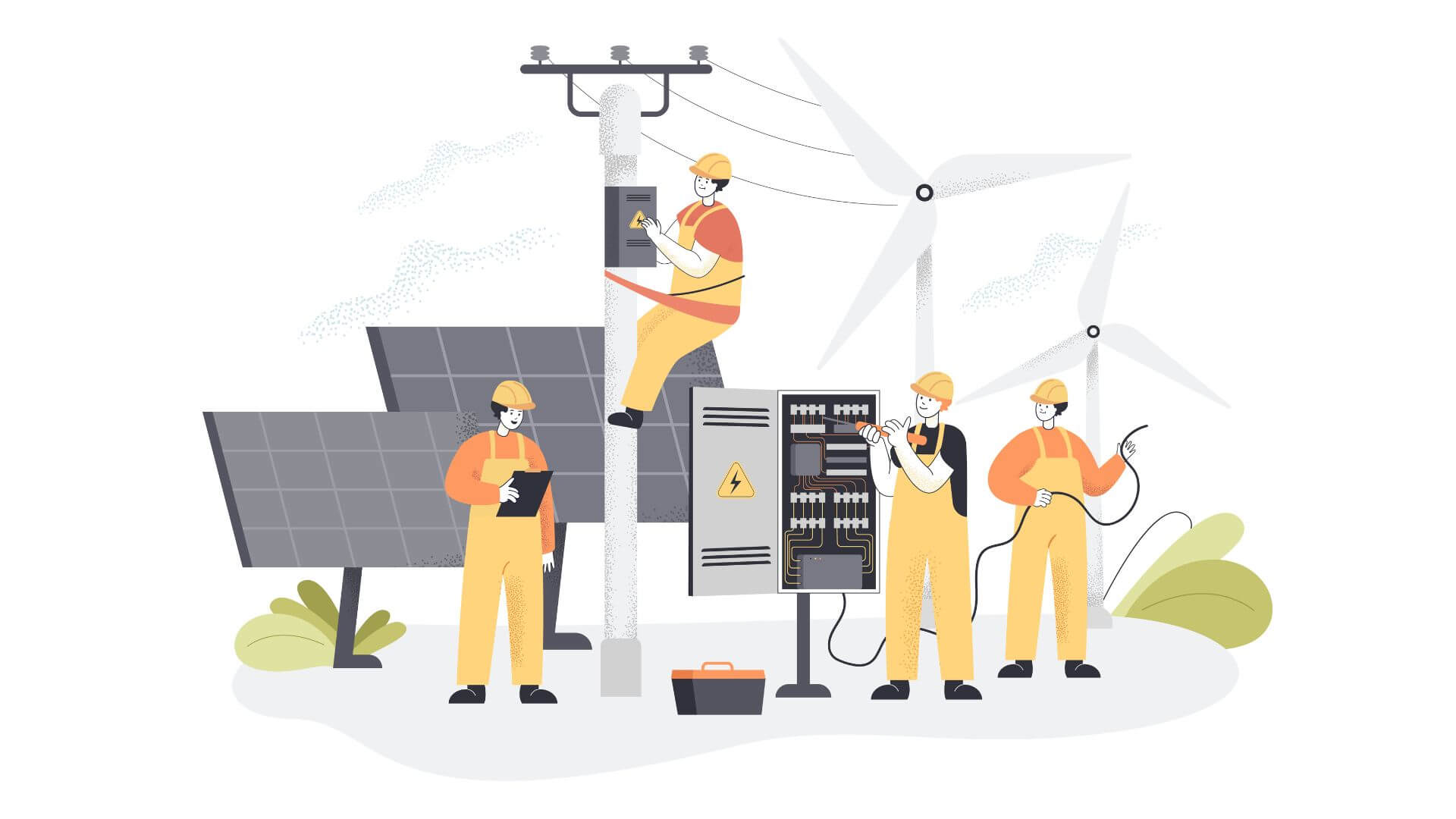In the hustle and bustle of modern life, it's easy to take the comforts of our homes for granted. The evolution of home energy services has been marked by significant transformations throughout history. The article will explore the journey of these services, like Santanna Energy Services, from their humble beginnings to the exciting possibilities that lie ahead.
Historical Perspectives on Residential Energy
Before the advent of electricity and natural gas, people relied on primitive energy sources to keep their homes warm and lit. The earliest houses were often heated with open fires, providing warmth and light.
As civilization advanced, so did the energy sources. The late 19th century saw the invention of the incandescent light bulb by Thomas Edison, marking a significant shift in how homes were powered.
Advancements in Technological Innovation
The late 19th century ushered in a transformative era with the introduction of the incandescent light bulb by Thomas Edison. This marked a pivotal moment as it revolutionized how homes were illuminated, replacing the flickering flames with a steady, reliable light source.
Technological progress in the 20th century significantly altered the landscape of residential energy services. Electrification became a reality thanks to the widespread establishment of grid systems. Electric appliances such as refrigerators and ovens transformed households, streamlining domestic tasks.
The advent of central heating systems further enhanced residential comfort. Radiators and forced-air heating allowed for consistent and pleasant temperatures throughout homes, regardless of outside weather.
The Future Outlook for Residential Energy Services
The future of residential energy services is poised for promising developments and exciting prospects. Increasing solar and wind power usage will decrease reliance on non-renewable fossil fuels. Battery storage solutions will empower homeowners to store surplus energy, enhancing reliability and resilience.
The emergence of "microgrids" as supplementary systems alongside the traditional grid will provide essential backup during emergencies. Communities will be better equipped to generate and manage their energy efficiently, contributing to greater self-sufficiency.
Artificial intelligence (AI) and machine learning (ML) will be pivotal in optimizing household energy consumption. Smart homes will adapt to individual preferences and schedules, enhancing energy efficiency and promoting cost savings. Predictive analytics will empower homeowners to make data-driven decisions about their energy usage, reducing waste.
Consumer Choice and Energy Providers
Residents can select their energy provider in energy choice territories like Ohio, Illinois, Pennsylvania, Michigan, and Indiana. This element of consumer choice has become increasingly significant in residential energy services. Homeowners in these regions can choose from various energy plans and providers like Santanna Energy Services, tailoring their energy solutions to their specific needs and preferences.
This consumer-driven approach aligns with the broader energy efficiency and sustainability trends mentioned in the article. Residents seek reliable and efficient energy sources and value options that promote environmental responsibility and cost-effectiveness.
By allowing residents to make informed choices about their energy provider, these regions contribute to the ongoing evolution of residential energy services. The provider competition encourages innovation and improved service quality, benefiting homeowners and the environment. This emphasis on consumer choice further highlights the dynamic nature of the residential energy landscape in these areas.
Energy Deregulation and Market Competition
Energy deregulation has been pivotal in shaping the residential energy landscape in the regions mentioned. Deregulation has effectively opened the energy market, allowing multiple suppliers to compete for consumers' business. This shift from regulated monopolies to competitive markets has had far-reaching implications.
People now have the power to choose their energy supplier, a right that was once restricted in many areas. This competition has led to competitive pricing, incentive programs, and a focus on customer service as providers vie for customers' loyalty. Consequently, homeowners have the potential to secure more cost-effective energy solutions and better customer support.
Furthermore, this market-driven approach has spurred innovation in renewable energy options and energy efficiency initiatives. Providers are incentivized to offer green energy plans and invest in sustainable technologies, responding to the growing demand for environmentally friendly energy sources.
Community and Sustainability Initiatives
Residential energy services in these regions have increasingly aligned with community and sustainability initiatives. Homeowners, energy providers, and local governments cooperate to promote sustainable energy practices.
Community solar programs, for instance, enable residents to invest in shared solar installations, allowing them to benefit from renewable energy even if they cannot install solar panels on their properties. These initiatives promote renewable energy adoption while fostering a sense of community engagement.
Additionally, local governments have been instrumental in setting energy efficiency standards and offering incentives for homeowners to adopt green technologies. This collaboration between the public and private sectors is a model for how communities can work together to address energy challenges and reduce their carbon footprint.
In Conclusion
The evolution of residential energy services underscores the remarkable human innovation and adaptability journey. Progress has been marked by ingenuity and advancement, from the modest origins of open fires to today's interconnected, energy-efficient households. Renewable energy sources, innovative technology, and a steadfast commitment to sustainability illuminate the path ahead.
Homes will evolve into energy production and conservation hubs in the forthcoming years. Enhanced control over energy consumption, reduced environmental impact, and lower utility bills will become the standard. The evolution of residential energy services serves as a reminder that homes can be sources of comfort and agents of positive change in the world. As switches are toggled and thermostats adjusted, it's worth reflecting on the extraordinary journey that has led to this point and embracing the exciting possibilities.





